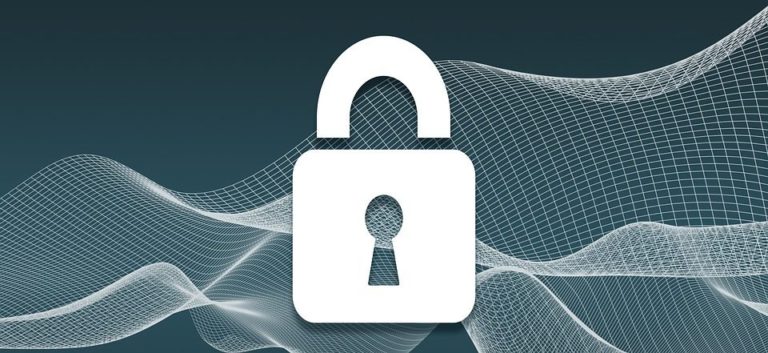New companies, independent ventures, and set up endeavors share somewhere around one thing practically speaking: They are for the most part ideal objectives for cybercriminals. In light of that, understanding and executing network protection best practices are fundamental. Examinations uncover that, while most cybercrime casualties were organizations with in excess of 1,000 representatives, private companies were as yet the objectives of in excess of a fourth of all cyberattacks.
Access Controls and Account Management
How solid are your passwords truly? Inflexible secret word arrangements help to guarantee your work and your information are protected from miscreants. Passwords that hold their stock normally comprise twelve to sixteen characters, blended images, letters, and numbers. Lock up your most important data! You’ll express gratitude toward us later. Guarantee.
Multifaceted Authentication: MFA supplements your secret word prerequisites, offering various layers of character check. An illustration of MFA is requiring a gadget you hold, for example, a cell phone or equipment token, to get a one-time code as well as something you know, for example, your login qualifications.
Uphold “least advantage” and “partition of obligations” ideas to forestall plot, and restricting approved admittance as important to take care of business. Favored records ought to be surveyed on a continuous premise. This will guarantee just dynamic and approved client approach frameworks that necessitate that degree of access. Truth be told, with incredible force, comes extraordinary obligation.
Continuously interface with secure Wi-Fi
An unstable Wi-Fi network represents various dangers. For instance, unapproved clients can piggyback on the web association with lead criminal behavior, screen or catch web traffic, or take the information. Troublemakers can dispatch a malevolent twin assault, making a sham organization with a more grounded sign and afterward read any information sent by clients over the mimicked network.
Furthermore, when workers utilize free focuses that are not gotten, cybercriminals can utilize remote sniffing instruments to get to delicate information, exchanges, and, joined with unstable document sharing, any indexes, and records made accessible for sharing. In this manner, it’s basic to get any close to home Wi-Fi networks being used, stay away from unstable public organizations, and give representatives a virtual private organization (VPN) so they can safely associate with the business network distantly.
Instruction and Training
It can’t be rejected that people are the most fragile connection, especially in issues of data security. Preparing and studios ought to be a customary element, particularly on subjects like distinguishing phishing messages, making and keeping up with solid passwords, staying away from conceivably hazardous applications, insider dangers, and guaranteeing that significant information doesn’t leave the organization. Teaching workers and clients about online protection best practices are critical.
It elevates mindfulness inside the association, which empowers solid, dependable, network safety. This additionally incorporates yearly security mindfulness preparation that everybody should take. In this way, don’t overlook it, and take it with satisfaction. Watch out for favored clients: Speaking of regulatory advantages, keeping up with tight authority over client advantages is a higher priority than at any other time. The more advantages any distinct individual has, the more peril each favored record stances should it be compromised.
Current insight focuses on the guideline of least advantage — that is, giving people just the insignificant access needed to take care of their responsibilities. A review of existing client advantages is a significant initial step. Then, at that point, rehearsing restricted admittance the executives (counting client consent administration, dynamic checking, and restricting transitory authorizations) can assist with relieving future dangers and forestall future information breaks.


